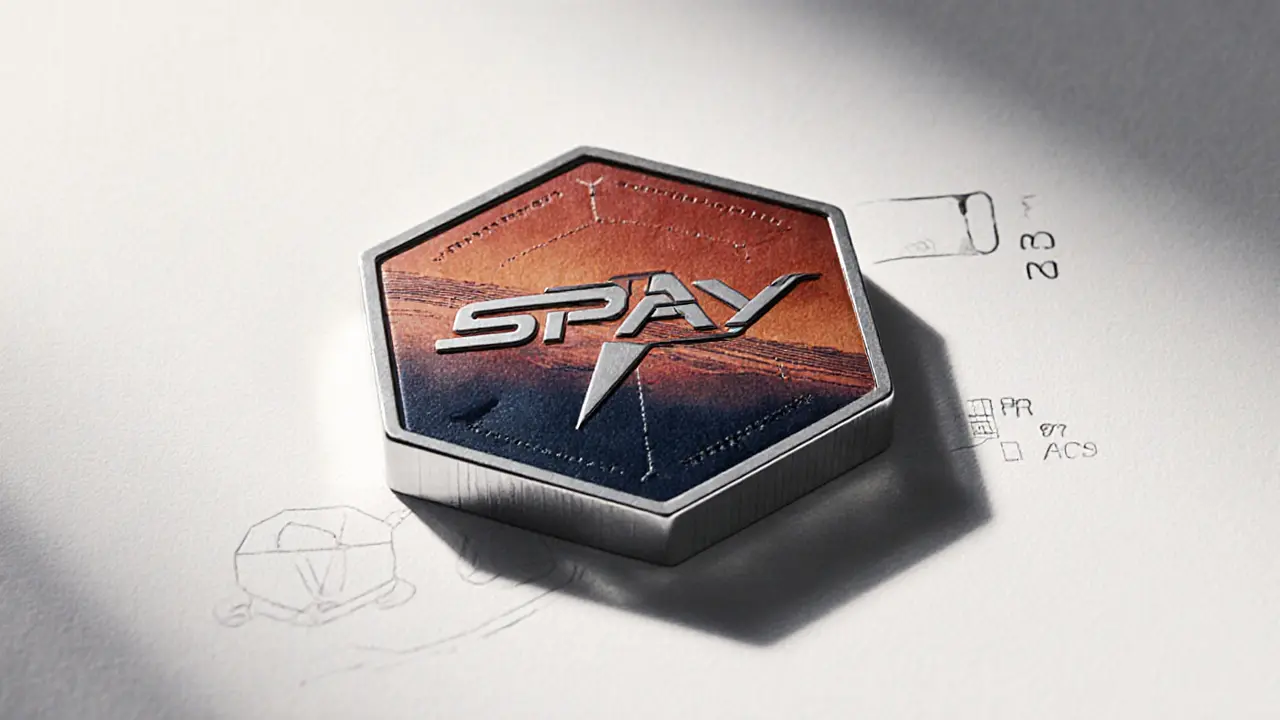Blockchain Gaming Explained: How Play Meets Real Value
When talking about blockchain gaming, the fusion of video game mechanics with distributed ledger technology that lets players truly own, trade, and earn from in‑game assets. Also known as GameFi, it transforms traditional gaming by giving digital items a verifiable, transferable record on a blockchain.
One of the biggest building blocks of this new ecosystem is NFTs, non‑fungible tokens that represent unique game items, characters, or skins on a public ledger. NFTs enable scarcity and provenance, so a rare sword can be sold for real money without a middleman. Another pillar is play‑to‑earn, a model where gamers receive cryptocurrency or token rewards for achieving in‑game milestones. This model flips the classic pay‑to‑win approach and lets players monetize their skill directly.
Key Concepts in Blockchain Gaming
The virtual economies that arise from these systems work like real‑world markets: supply and demand set prices, traders speculate on rarity, and liquidity pools let assets be swapped instantly. Because every transaction is recorded on a blockchain, players can audit price history and trust that no one can arbitrarily change their inventory. Decentralized governance, a community‑driven decision‑making process often executed via DAO tokens, further shapes these economies by letting token holders vote on rule changes, new content drops, or fee structures.
Putting these pieces together creates a loop: NFTs provide ownership, play‑to‑earn supplies reward incentives, virtual economies generate market dynamics, and decentralized governance ensures the rules evolve with the community. This loop encompasses the core of blockchain gaming, requires both solid tokenomics and an engaged player base, and influences how future titles design reward systems.
From a technical standpoint, most blockchain games run on smart‑contract platforms like Ethereum, Polygon, or Solana. Smart contracts enforce scarcity, handle token payouts, and manage marketplace listings automatically. Developers often use layer‑2 solutions to keep transaction fees low, which is crucial for maintaining a smooth player experience. The choice of blockchain also affects speed, cost, and environmental impact, so projects weigh trade‑offs based on their target audience.
Beyond the tech, community culture drives adoption. Players form guilds, create fan‑art, and host tournaments that reward winners with native tokens. These social layers blend traditional esports excitement with crypto incentives, attracting both gamers and investors. As more mainstream studios experiment with blockchain features, we see a convergence where classic franchises experiment with NFT skins or limited‑edition items, expanding the audience even further.
Below you’ll find a curated selection of articles that break down each of these elements. Whether you’re curious about how virtual economies function, want to explore the latest play‑to‑earn titles, or need a primer on NFT ownership in games, the posts ahead will give you practical insights and real‑world examples.

SpaceY 2025 SPAY Airdrop: Full Details, Tokenomics & How to Join
Discover everything about the SpaceY 2025 SPAY airdrop: eligibility, token economics, NFT land scarcity, roadmap and how to start earning in the Mars‑based play‑to‑earn game.
